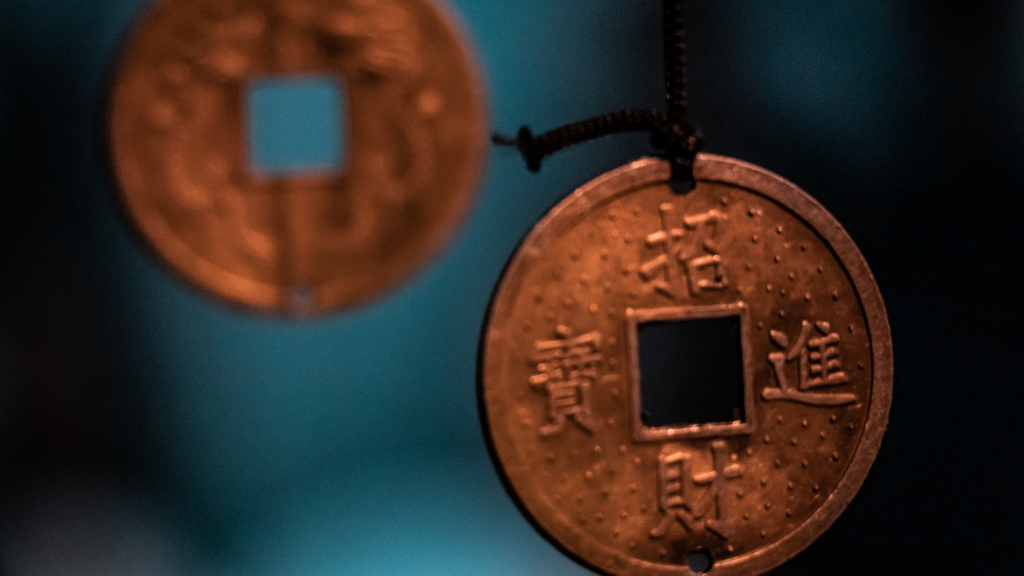China’s new international copper contract comes at the right time – Russell

(The opinions expressed here are those of the author, Clyde Russell, a columnist for Reuters)
Next month’s launch of an international copper contract in China comes at an opportune moment, as the world’s largest importer and consumer of the industrial metal shows once again just how much it dominates the market discourse.
The futures contract will launch on the Shanghai International Energy Exchange (INE) on Nov. 19, the China Securities Regulatory Commission said on Friday.
While a China copper contract is already traded on the Shanghai Futures Exchange (ShFE), the new derivative will be open to trade by foreigners and should offer a much easier path to get exposure to China’s copper market.
The new contract will be traded in yuan, but unlike its competitor, will exclude tax and customs duty, and delivery will be into bonded warehouses.
By contrast, the ShFE contract is largely aimed at domestic traders, offering access to foreign entities through relatively complex structures, meaning its appeal and utility to foreign investors and traders was limited.
The risk for the new copper contract is that it becomes just a useful instrument for the market, rather then an essential one
Hopes are for the new contract to replicate the success of the INE’s other major futures open to foreign investors, namely crude oil.
That has proven useful for the oil market, by allowing for the delivery of several Middle Eastern crude grades to various ports in China, which lets traders gain exposure to prices at both the loading and delivery points.
While the volumes of the INE crude contract are still well below those of global benchmarks such as Brent and West Texas Intermediate, they have grown strongly since being launched at the end of 2018, and have, furthermore, attracted interest from foreign traders.
Where the INE crude contract has perhaps fallen short is that it has not become a global, or even a regional, benchmark.
Crude oil in Asia is still largely priced against Brent or WTI, or the Dubai Mercantile Exchange’s Oman contract, or the various physical markers assessed by commodity price reporting agencies such as S&P Global Platts and Argus.
The risk for the new copper contract is that it becomes just a useful instrument for the market, rather then an essential one.
However, the INE copper contract will have some advantages over its crude counterpart, the most important being China’s importance to the copper market.
Although China is the world’s largest crude oil importer, its current share of about 15% of global consumption, while large enough to be significant, is not quite enough to dominate world trade.
China dominance
In copper, China has a far more important role, however, being responsible for about just under half the world’s production of copper and copper alloys semis, the industry term for the first-stage products produced from refined copper.
China is also the world’s largest importer of unwrought copper, as well as copper ores and concentrates.
Imports have surged this year to reach the second-highest level on record in September, nearly eclipsing the record set in July.
China customs data shows unwrought copper imports of 4.99 million tonnes in the first nine months of 2020, up 41% from the corresponding period last year.
The import surge has been partly driven by Beijing’s stimulus spending following nationwide lockdowns imposed in the first four months of the year to rein in the coronavirus first detected in the central city of Wuhan late last year.
But it is also likely that substantial volumes of copper were flowing into stockpiles, either strategic or commercial, as Chinese traders took a bullish view of the recovery from the virus, eyeing increased spending on infrastructure and construction in a new five-year plan.
What the new INE copper futures are likely to do is quite effectively offer arbitrage opportunities with the existing, well-established global benchmark London Metal Exchange (LME) contract.
The past few months could be a case in point. China has been vacuuming up copper, boosting the price at a time when demand elsewhere in the world was looking sickly as the virus spread.
Higher prices in China and lower prices elsewhere would give traders, producers and consumers opportunities to hedge, and would also likely lead to a more transparent market in China.
The new INE contract may not completely resolve the issue of so-called dark inventories in China, or copper stocks not reported to any exchange, but it should boost market knowledge of trade flows and strengthen the process of price discovery.
(Editing by Clarence Fernandez)
{{ commodity.name }}
{{ post.title }}
{{ post.date }}

Comments
johan
Thank you kindly